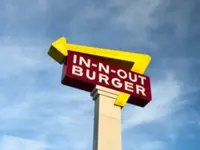More and more restaurants are moving towards suburban areas as opposed to central Kuala Lumpur locations that were previously popular. — FILEPIC
A few weeks ago, I walked into a stunning little café serving delicious, well-crafted meals. The restaurant was in a suburban area surrounded by car workshops and office spaces and seemed a little out of place. But for the owner, this location made perfect financial sense.
“Just across the road, the rental is three times more. I wanted the area, but the price had to be right too, so I chose this spot which is a stone’s throw away and much better value for money,” he said.
Already a subscriber? Log in
Save 30% OFF The Star Digital Access
Cancel anytime. Ad-free. Unlimited access with perks.





